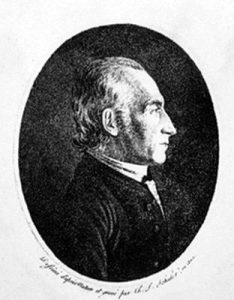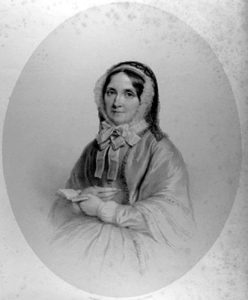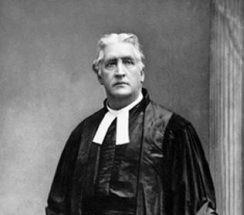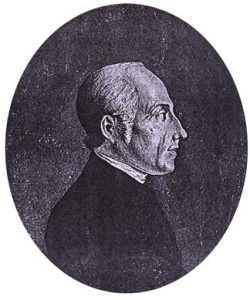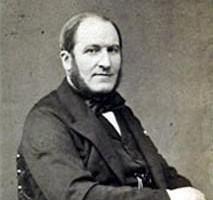The founder of the kindergarten schools
Oberlin is considered as the one who initiated kindergarten schooling : he gathered very young children in his institution named “knitting stoves”. Children of working parents were thus kept away from the streets and provided with the fundamentals of education. Moreover, in order to make up for the lack of teachers, Oberlin suggested that prefects chosen from among the children themselves and act as supervisors ; this was called “communal education” (l’enseignement mutual).
This system, which was later developed in England, was adopted under the Napoleonic Empire by several Consistories in France (Colmar, Paris, Saint-Hippolyte-du-Port). Once the country was at peace again, several Consistories sent people to England to study the system. At the end of the Restoration, some 25% of the Protestant schools were organized under this system. In Nîmes, a boys’ school had as many as 250 students ; soon a girls’ school was opened. Both were free and received subsidies from the Consistory as well as from the city council and the district council.
Initially, these kindergarten schools were “havens” or “refuges” to help people out. Many of these private ventures prepared children for primary education. Such a system resulted a new state of mind : “the need, at all levels, to share one’s knowledge with those around us, based on the principle that one’s understanding is developed while enriching others” (la nécessité d’une entraide à tous les niveaux en matière d’éducation populaire, le principe que l’on développe ses connaissances en les répandant autour de soi) (J.-Cl.Vinard, les écoles primaires protestantes en France de 1815 à 1885, op. cit. . Such methods met with strong opposition from the Catholic clergy (vicar Affre, the future archbishop of Paris, is quoted as saying “such a system is perverted, since children are taught at a very early stage to ignore the authority of their seniors and to trust only in their self-convinced virtues” (une telle méthode est vicieuse, puisque les enfant y apprennent de bonne heure à ne compter pour rien l’autorité de l’âge, à n’avoir confiance que dans le mérite qu’ils se persuadent d’avoir). Yet this method had another advantage : it could work with a minimum of financial means. It was logical therefore that it should be progressively given up when Guizot, a was member of the Reformed Church, made it possible to overcome the lack of schoolteachers.
The role of women
One must note the role played by both Catholic and Protestant women of the aristocracy and upper middle class, who organised ( as a committee as early as 1826. Emily Mallet was amongst the most prominent of these. She was well informed about the British experiments of “infant schools” and J.-Cl. Vinard writes that :
“she was able to overcome the difficulties met with in opening of the first of these in France. She launched a subscription to raise funds (managed by the Mallet bank). She was singled out for her intelligence, fighting every step of the way ; she managed to create an interdenominational if not ecumenical climate, in order to maintain a religious atmosphere in those “infant schools”… To safeguard the specific nature of those “infant schools” in terms of education and the autonomy of their female teaching staff, she had to face opposition from her fellow-believer François Guizot who – according to the 1833 act for which he was responsible – preferred integration into public education, and likewise from Empress Eugenie who, once appointed at the head of these charities after her husband’s access to the throne, was to lend support to opposite views” (elle sut vaincre les difficultés que rencontra l’institution des premières salles d’asile. Sur le plan financier elle lança une souscription (gérée par la banque Mallet), sur le plan administrative elle se signala par l’habilité et la ténacité de ses démarches, et sur un plan religieux par l’esprit interconfessionnel (sinon œcuménique) qu’elle fit adopter pour que l’ambiance religieuse soit présente dans les salles d’asiles… pour sauvegarder la spécificité éducative des salles d’asile et l’autonomie de leur encadrement féminin, elle aura à s’opposer aussi bien à son coreligionnaire, François Guizot qui, dans l’esprit de sa loi de 1833 aurait voulu une plus grande intégration à l’Instruction publique, qu’à l’impératrice Eugénie qui, mise à la tête de ces œuvres à l’avènement au trône de son mari, appuiera plutôt une influence contraire).
As from 1881 the “kindergarten schools”, as they were officially called, developed within the secular system. The role of female Protestant teachers, and that of Pauline Kergomard in particular, was of prime importance.

